
STOP Teaching Robots
Watching some 80 year old players at the US Open and seeing their joy for a sport of a lifetime has me wondering why any kid in the last few decades stops playing.
Resources for
Follow USAVolleyball
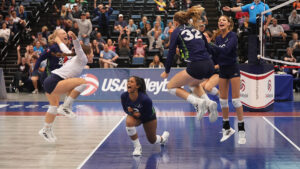 USA Volleyball Education is focused on improving developmental and educational opportunities across the sport of volleyball from grassroots to the national team level. Our goal is to provide the opportunity to access, complete and apply high-quality information and methods in the technical, tactical, physical and emotional aspects of the game for athletes and coaches while providing training, support and resources for other key stakeholders including officials, parents and clubs.
USA Volleyball Education is focused on improving developmental and educational opportunities across the sport of volleyball from grassroots to the national team level. Our goal is to provide the opportunity to access, complete and apply high-quality information and methods in the technical, tactical, physical and emotional aspects of the game for athletes and coaches while providing training, support and resources for other key stakeholders including officials, parents and clubs.
For years, the focus of volleyball in many areas and across various levels shifted to a mindset of winning at all costs.
What we now know is that the most successful teams in the world have developed a model of training and a culture that supports a holistic approach to athlete development which not only sets them up for competitive success on the court, but values and emphasizes the important of athlete health, well-being and long-term involvement in the sport.
The USA Volleyball Development Model was created based on the idea that volleyball in the U.S. could be taught differently, resulting in long-lasting positive outcomes across all measures of performance while keeping kids involved and loving the game longer.
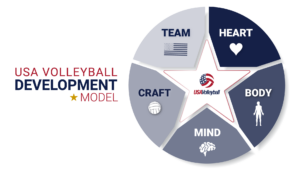
The five pillars of the USA Volleyball Development model provide the basis for a holistic approach to the core elements that are vital to supporting development at every level and across age groups.
USA Volleyball Education is committed to providing support for the volleyball community with a role-based approach to education and training. Whether you’re planning practices, cheering from the stands or making the right call, we provide the tools and resources to help you succeed.
USA Volleyball partner Sports Imports has provided USA Volleyball coaches with drills for use with their Trainer+ and The Vertec.


Watching some 80 year old players at the US Open and seeing their joy for a sport of a lifetime has me wondering why any kid in the last few decades stops playing.

This month some kid I know really well has his senior year athlete banquet. I was looking at the Princeton website, and at the top of the athletic department’s home page was a quote I had never heard that impacted me.
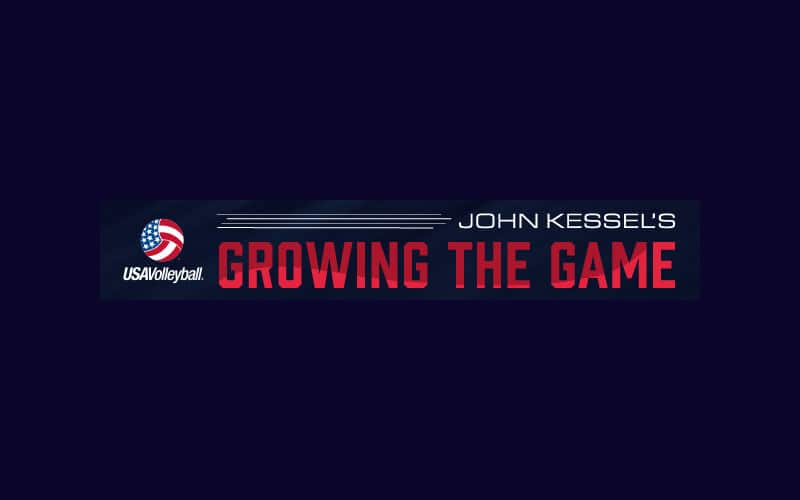
There are long time players who reminisce about the way volleyball used to be played in the days of sideout, not rally, scoring. I remember the competitions that started at 8 a.m. and went until 4 a.m. the next day, or speaking to parents about their child still playing in an event after midnight.

Sharing the science and my thoughts based on motor learning as to it relates to most machines

Professionals give tips on how you can be a better teammate

Lately I have been wondering why so many well meaning coaches, and players, speak to the importance of ball control. I know I will be up against the many attendees of the Church of Tradition and Ball Control (CTBC as I call it) yet this is really important stuff to change.
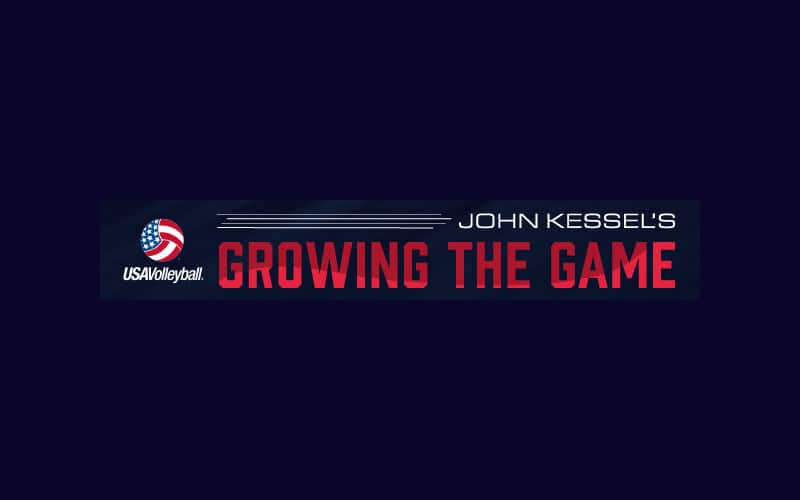
So the glow of your child being chosen to play for a club, perhaps even the experience of having to choose between multiple clubs and not cut, has faded. In the heart of the season, coaches begin making decisions on playing time based on what they have seen in practices and tournaments.
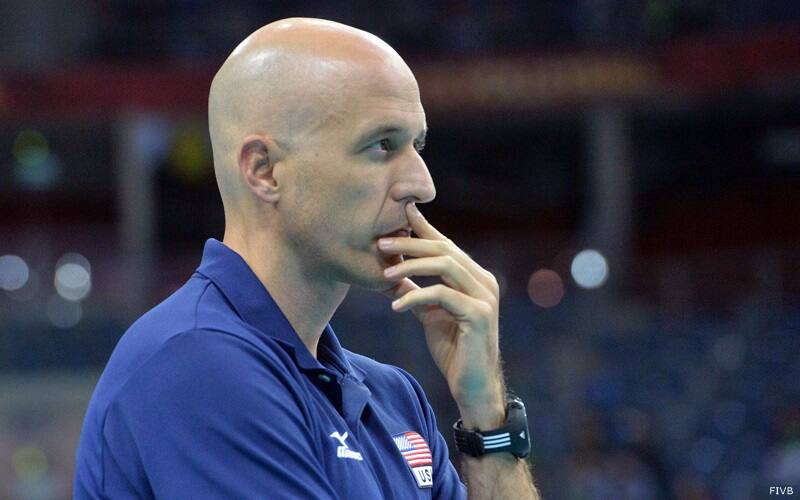
Tips on scouting your opponents from coaches and volleyball professionals
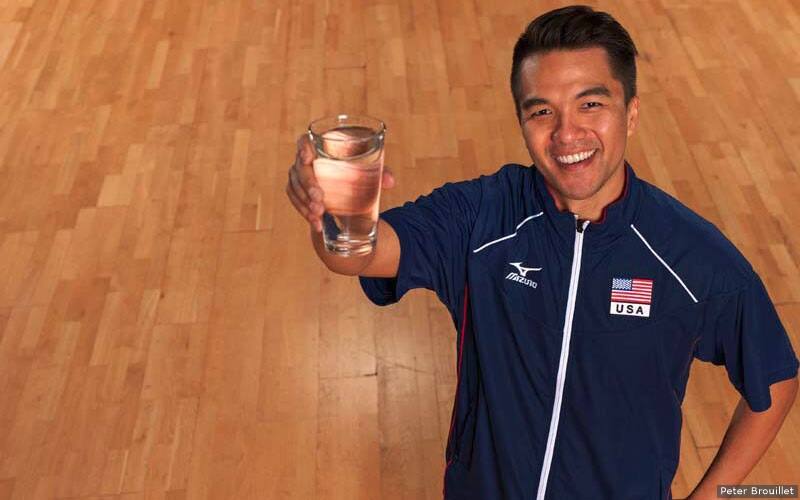
Good hydration meals paying attention to how much water you drink off the court too

The fact that things in sport are no longer athletic battles, but learning competitions is shown with the release of Faster, Higher Stronger. I hope you find time to learn, by reading what Wired magazine editor Mark McClusky has diligently compiled on how athletes learn now.
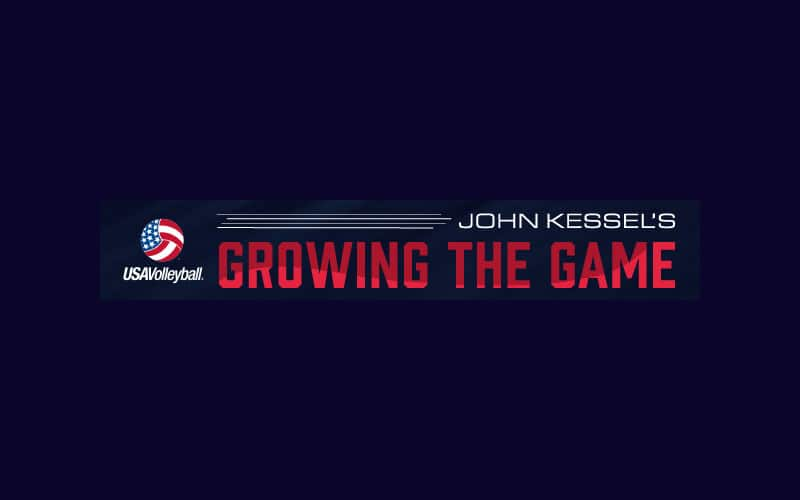
Despite IMPACT, CAP, VCT, and all that we know about teaching in a way that kids learn to love sport, coaches still don’t know that learning is done by doing, and not by watching.

One of the topics in my clinics is working on getting our sport families to think divergently – where it is not just “this OR that” but “this AND that.

Recently, I spoke at the AVCA Convention to an overflow crowd, using a ribbon down the middle of the court (thanks to Sports Imports for the use of a box and standard to give me an anchor point). The title of the talk was Small Sided Games for Warm Up. I showed 1 v 0, 2 v 0. 1 v 1, 1 v 1 plus 1, and loser becomes the net games.

Burnout in Sports was originally written as a guest blog for Christianvball.com. As someone who has not yet burned out on the sport I love, still playing in the dinosaur division with my son and doing my sport 7 days a week for over 40 years, I hope to share some ideas with you on how to avoid burnout. In no particular order, I share my “Top Ten” thoughts in the hope one or more might help you.

Improve your blocking in five steps

The two things that correlate most directly with winning matches, limiting hitting and serving errors

Vitamin D, learn more about the vitamin that helps calcium absorption and bone health